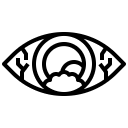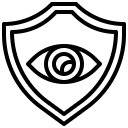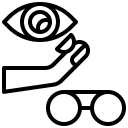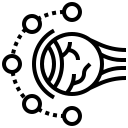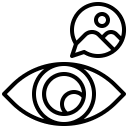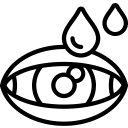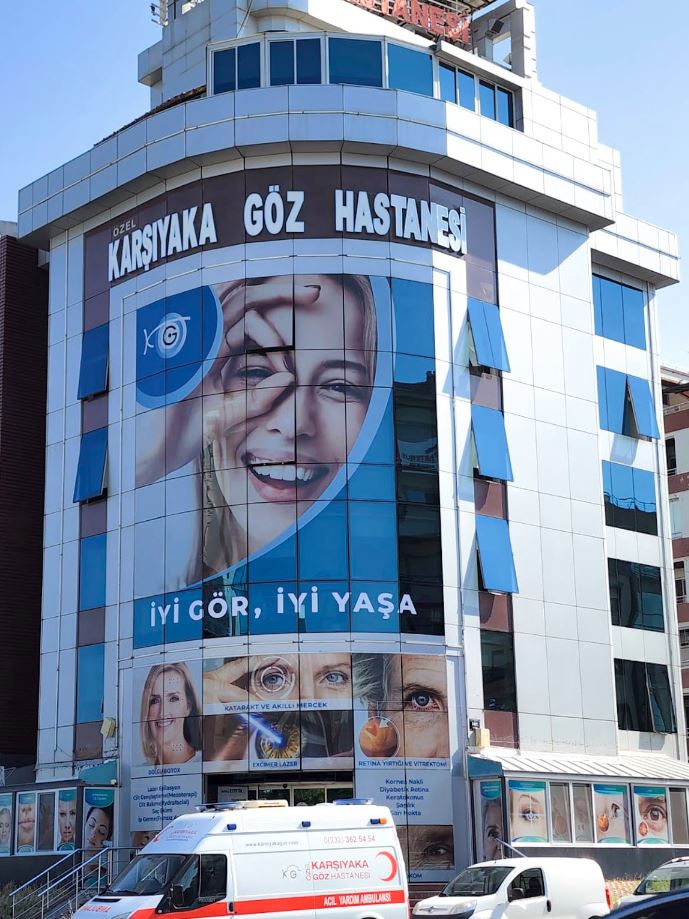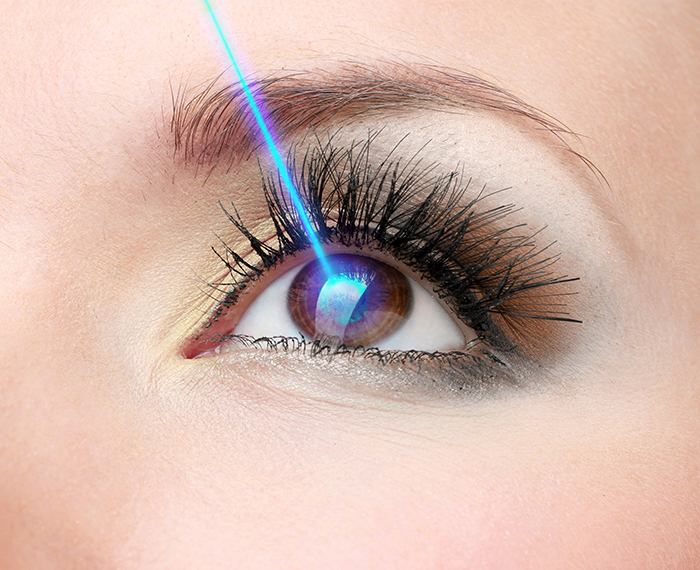
Laser Operations – Eye Drawing
Lasik
The word LASIK The LASIK method is actually the final form of the so-called lamellar refractive surgery techniques, which began in the 1949s and was perfected using laser technology. In this technique, it is essential to remove the epithelial layer located at the front of the corneal tissue with a device called a microkeratome or with a femtosecond laser (flap). Then, Excimer Laser performs the forming process in the middle layers and after this is finished, the flap is glued into place. Lasik method is a 2-step process consisting of flap formation and new shape of cornea with excimer laser.
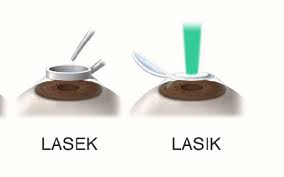
How to tell if I am eligible for LASIK?
For this, you must first go through a very detailed eye examination. If you wear a lens, you must leave the soft lens 1 week and the hard and semi-rigid lens 3 weeks before the examination. The numbers should be accurately measured by drop and drop examinations. Then corneal topography and pachymetry, corneal thickness, wavefront measurement with aberrometer, pupillometer and pupil size are determined and eye structure is examined in detail. As a result of these examinations and tests, your doctor will decide whether you are suitable for the laser.
Lasek (Laser Epithelial Keratomileusis)
LASEK or PRK technique describes the classical laser treatment. It is preferred in patients whose thin cornea is not suitable for LASIK or whose corneal surface topography is not smooth.
Although this technology was the first to be used 25 years ago, it is still preferred in many of our cases because of the successful results obtained over many years. In this technique, the epithelium at the top of the cornea is stripped and laser is applied to the top surface of the cornea. Pain and watering occur for the first 6-12 hours after laser application. All patients treated with Lasek during the first 3 days should rest. It takes between 3 and 5 days for our patients to return to their normal lives after Lasek. Lasek is a very good alternative in cases where the laser technique cannot be applied even though the healing is painful.
Although this technology was the first to be used 25 years ago, it is still preferred in many of our cases because of the successful results obtained over many years. In this technique, the epithelium at the top of the cornea is stripped and laser is applied to the top surface of the cornea. Pain and watering occur for the first 6-12 hours after laser application. All patients treated with Lasek during the first 3 days should rest. It takes between 3 and 5 days for our patients to return to their normal lives after Lasek. Lasek is a very good alternative in cases where the laser technique cannot be applied even though the healing is painful.
Supracor Laser (Close Glasses Laser)
Presbyopia, which is the problem of vision due to the decrease in the flexibility of the lens within the eye with the progression of age, was an eye disease that could not be solved in our age yet. People in the community did not want to wear close glasses while reading newspapers, ordering, reviewing menus or using their mobile phones. For many years, close glasses or contact lenses have been used to correct this problem. Another rapidly developing option in recent years is laser presbyopia treatment: SUPRACOR
Is SUPRACOR; It is an excimer laser procedure that can provide correction of presbyopia after 40 years of age. In the supracor, the cornea is reshaped by applying an excimer laser to the outer surface of the eye (cornea) and near vision (presbyopia) is corrected. In near vision (Presbyopia) surgery, supracor is safer than other refractive surgical procedures.
The purpose of supracor treatment; newspaper-book, restaurant menu, computer or mobile phone you encounter in your daily life without glasses and sewing blurred vision in sewing problems is to improve your eyesight. Supracor is a safe and effective method of correcting both distant and near vision in one session without distortion.
SUPRACOR is applied to both eyes. It is applied in hyperopia, myopia and eyes without refraction (emetropia) as well as after LASIK treatment. Supracor corrects both distant and near vision in one session without disturbing distant vision. In laser-corrected near vision disorders other than supracor, unwanted aberrations (deviations) occur in the pupil area and distant vision deteriorates, while this method corrects near vision without creating unwanted deviations.
Some criteria are being sought for supracor treatment in patients. These are determined by inspection and measurements. Supracor treatment can be applied to any eye that is compatible with Lasik method. The patients who cannot be treated with supracor include diseases such as dry eye, cataract, thin cornea, glaucoma, keratoconus as in lasik candidates. In addition, supracor treatment cannot be performed in cases that interfere with the laser procedure such as pregnancy, rheumatic or severe metabolic disease.
Is SUPRACOR; It is an excimer laser procedure that can provide correction of presbyopia after 40 years of age. In the supracor, the cornea is reshaped by applying an excimer laser to the outer surface of the eye (cornea) and near vision (presbyopia) is corrected. In near vision (Presbyopia) surgery, supracor is safer than other refractive surgical procedures.
The purpose of supracor treatment; newspaper-book, restaurant menu, computer or mobile phone you encounter in your daily life without glasses and sewing blurred vision in sewing problems is to improve your eyesight. Supracor is a safe and effective method of correcting both distant and near vision in one session without distortion.
SUPRACOR is applied to both eyes. It is applied in hyperopia, myopia and eyes without refraction (emetropia) as well as after LASIK treatment. Supracor corrects both distant and near vision in one session without disturbing distant vision. In laser-corrected near vision disorders other than supracor, unwanted aberrations (deviations) occur in the pupil area and distant vision deteriorates, while this method corrects near vision without creating unwanted deviations.
Some criteria are being sought for supracor treatment in patients. These are determined by inspection and measurements. Supracor treatment can be applied to any eye that is compatible with Lasik method. The patients who cannot be treated with supracor include diseases such as dry eye, cataract, thin cornea, glaucoma, keratoconus as in lasik candidates. In addition, supracor treatment cannot be performed in cases that interfere with the laser procedure such as pregnancy, rheumatic or severe metabolic disease.


